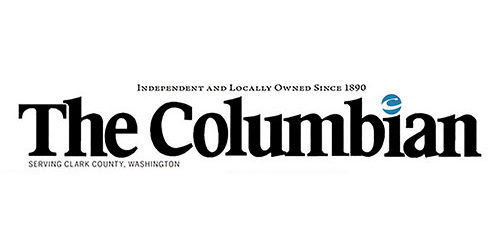PORTLAND — The actuaries for Oregon’s public pension have released the most up-to-date valuation of the retirement system, a good news/bad news report that will play out statewide in 2019, when the system resets contribution rates for government employers.
The actuary, Milliman Inc., recalculates those required contributions every two years based on the value of the system’s assets, liabilities and the resulting funding gap that employers must backfill. The changes are largely dependent on the system’s investment returns in the two-year interim period, as well as any new economic assumptions adopted by the PERS Board, such as changes in mortality rates or its assumed investment returns in the future.
The good news first: Last year’s 15.4 percent return on the Public Employees Retirement System’s investment portfolio was more than double the system’s assumed return. That windfall, among other adjustments, helped trim the system’s unfunded liability by $3 billion, from $25.3 billion in 2016 to $22.3 billion in 2017. The system now has 73 cents in assets for every $1 in liabilities; it was 69 cents at the end of 2016, according to Milliman.
The stock market bounty will shave the pension cost increases projected to kick in July 1, 2019, and could do the same in 2021 if investment returns live up to the system’s assumption — 7.2 percent a year — in 2018 and 2019.
Now the bad news: The coming rate increases are still huge. According to the actuary, the 900-plus agencies that participate in PERS — including schools, cities, counties and special districts — can expect to make nearly $4 billion in pension contributions during the 2019-2021 budget cycle. That’s about 7 percent less than the actuary had been projecting based on last year’s interim valuation. But it will still be a 38 percent, or $1.1 billion, increase in contributions from the current biennium.
Here’s how that breaks out: Schools will see their contributions go up by $375 million over Oregon’s two-year budget cycle; state agencies will kick in an extra $305 million; and all other employers will pay out an additional $410 million.
“The song remains the same,” said Matt Larrabee, the Milliman actuary. “Even with a good run of strong returns, it’s a very challenging funding situation.”
Finally, Milliman’s analysis suggests that participating employers can expect to see more cost increases in 2021, albeit lower ones than previously forecast. PERS employers are still digesting cost increases tied to the 2008 global financial crisis, and contribution rates are expected to take one more jump in 2021.







